Councillors in Caithness and Sutherland have claimed their area is regularly left with no fire cover.
Sutherland member Richard Gale said he is concerned about the safety of his communities.
Meanwhile, Thurso councillors Ron Gunn and Matthew Reiss claim that the town’s station is only available for emergency calls half the time.
A Scottish Fire and Rescue Service (SFRS) report to Highland Council accepted there are longstanding challenges with recruitment.
In the six months from April 1 to September 30, station availability was patchy at best.
Caithness and Lochaber stations were available just 56% of the time, with Skye and Lochalsh averaging 59%.
What’s the problem?
Currently there needs to be four firefighters to attend call-outs, and this means many rural forces can’t respond.
Councillor Chris Ballance highlighted this problem in his own ward of Aird and Loch Ness.
“Cannich has three very dedicated officers training every week but unable to go out to any fires, which is deeply demoralising,” he said.
“The requirements of having to be within 10 minutes’ call for 70 hours a week – when the station is in a community of a couple of hundred people at the end of a road of nothing but forest – is difficult.”
What can be done?
In 2018, the fire service demonstrated new rapid response units outside the council chamber. Members were told the smaller rigs could run with a crew of three instead of four, vastly improving availability in rural Highland.
However, Matthew Reiss said these rigs were never put into operation.
Speaking after the debate, Mr Humphreys said: “We operate Rapid Response Units (RRUs) in certain areas with a minimum of four personnel.
“The safety of our staff is a priority. There must be a minimum of four crew members, including an officer in charge with a valid incident command certificate, a driver with a valid emergency response certificate and two qualified BA wearers.”
Michael Humphreys, SFRS senior officer for Highland, said the service is “taking steps” to improve.
He said that recruitment is an ongoing challenge UK-wide.
Mr Humphreys talked about two trials. The first, allowing bank staff from fully-crewed stations to take up shifts in areas that are short-staffed.
The second, a joint mobilisation effort. This started in Tongue and Bettyhill and saw crews at the two stations join forces at an agreed rendezvous point to give them enough manpower to respond to emergencies.
The fire service hopes to extend this trial to other areas.
‘No more centralisation’
Mr Reiss called for a rethink on how fire services operate in Highland – and an end to centralisation.
“For about the last six or seven years, this council has been aware of worries about the level of fire cover in different parts of Highland,” he said.
“We need to decentralise, and rural areas – what used to be the Highlands and Islands fire and rescue service – need to be entrusted to be more flexible in how they deal with these challenges.”
He added: “This used to be an outstanding service.”
Row over availability figures
Mr Reiss went on to quote figures he had received through a Freedom of Information (FoI) request. He provided several dates this summer where he claimed there was no cover whatsoever in Caithness, Sutherland, Western Isles, Skye and Lochaber.
For instance he said on June 6, there was no cover from Gairloch to Durness, across to Caithness and down to Golspie.
Referring to his own ward of Caithness, Mr Reiss said it had less than 50% cover for the past three months. His ward colleague Ron Gunn also highlighted that availability for the second appliance in Thurso was just 21%.
Mr Humphreys said Thurso had a number of crew leave, and new recruits join, affecting availability. He also said factors like sick leave and engine maintenance had an impact.
“It is recognised that our on-call availability is transient,” he added.
Turning to Mr Reiss’ claims of no cover across much of Highland, Mr Humphreys flatly disputed the figures. He provided his own data setting out high availability levels on the specific dates in question.
Mr Reiss later said that while some of his figures came from FoIs, others were from “sources inside SFRS”.
It is possible some of the summaries were misinterpreted, he said.
However, he said this doesn’t change the conclusions. “The overall picture is still really serious,” he said. “Availability for the whole of the north coast right down to Helmsdale is about 50%.”
Desperation
Mr Reiss told councillors he had resorted to an FoI because: “That’s the level of desperation I am at.”
The SFRS noted that in between April and September, Wick and Thurso’s first appliances had 98% and 92% availability respectively. Dornoch and Lairg had 97% and 93% respectively.
However, because the second appliance isn’t always available, this drags the overall average down to around 50%.
Mr Humphreys added: “There is no doubt that we experience challenges in recruiting firefighters right across Scotland and it is no different here in Highland.
“We continue to work to boost recruitment of on call firefighters and we have 78 personnel across the Highland area going through that process at the moment.
“The service will always maintain fire cover and ensure we continue to attend at every emergency. This can involve the strategic movement of appliances and individual personnel from other stations within the area if required.”
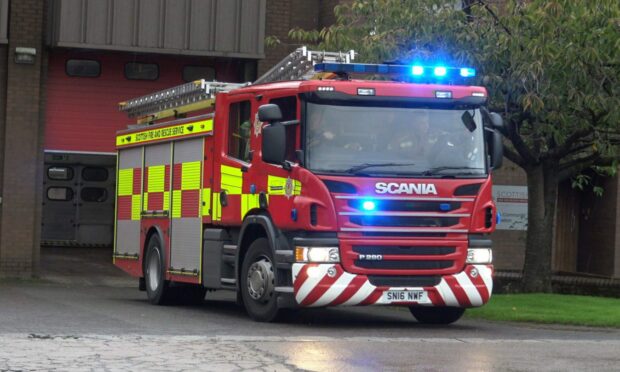
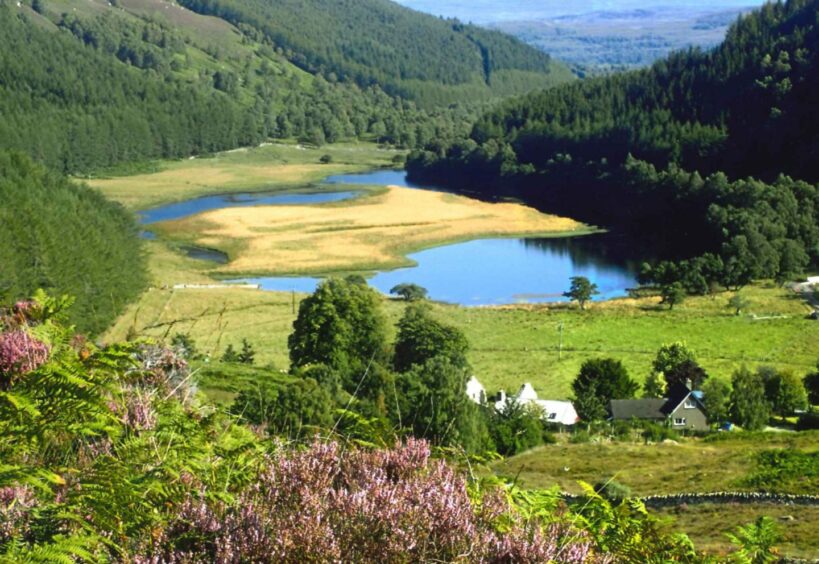
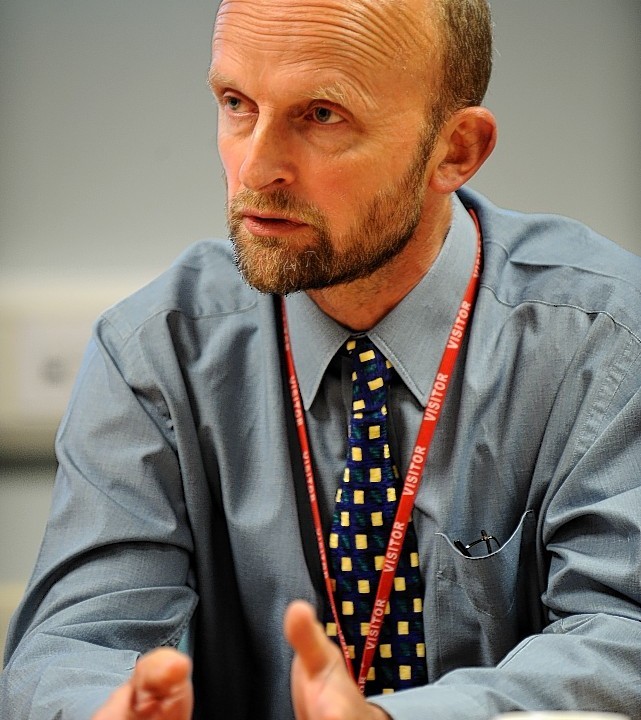

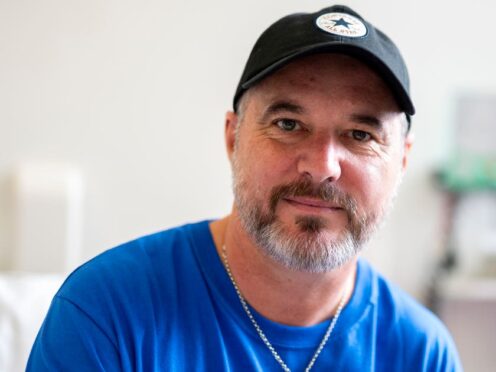




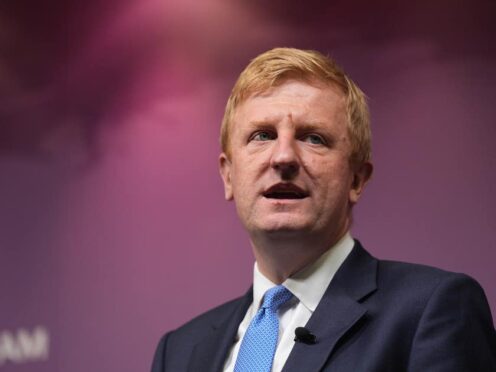

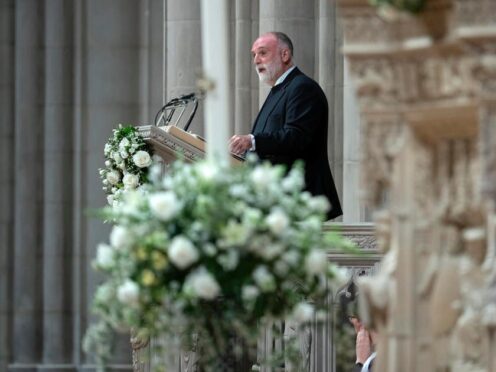
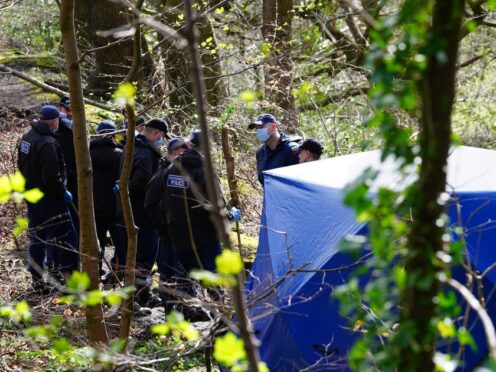
Conversation